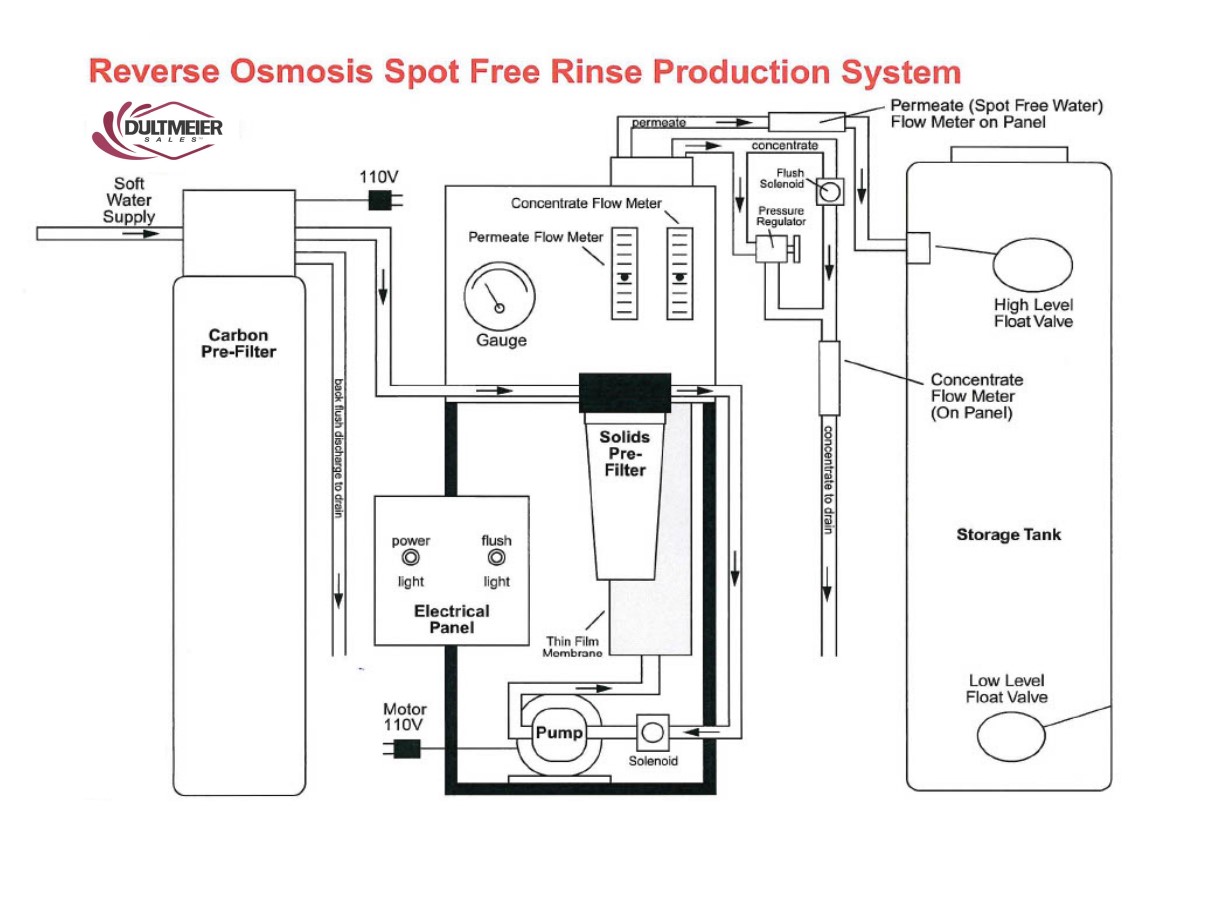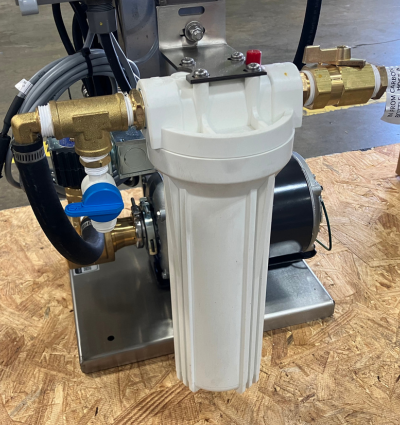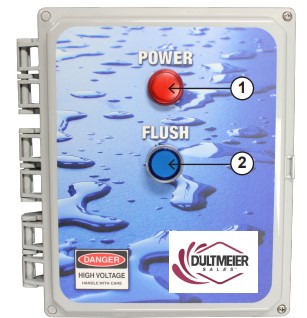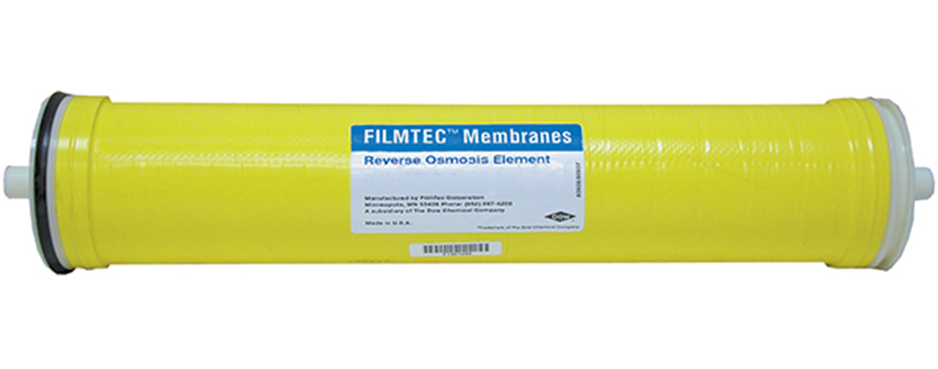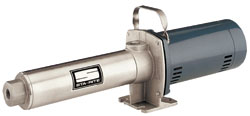Operating a sprayer from the cab of a tractor or other vehicle sometimes requires more than two hands, between adjusting pressure, changing boom height, ensuring nozzles don’t plug, not to mention steering. This can make it difficult to monitor and maintain your desired application rate. That’s where automatic rate control comes into play.
With the proper components, you can set your desired application rate (gallons per acre/ gallons per lane mile, etc.) and let the sprayer maintain this rate as conditions or speed change. This is a pretty standard feature on large-row crop sprayers, but it is possible to incorporate auto rate control into just about any type of broadcast sprayer.
Today, we will examine how these systems work, the various components required, and how they fit together to accurately maintain the output of your sprayer.

Defining Automatic Rate Control on Sprayers
Automatic rate control refers to the ability of a sprayer to change the volume of fluid dispersed in a given amount of time to maintain a preset application rate without manual adjustments by the operator. This is accomplished via a combination of specific components working together. The operator sets their parameters, and these sprayer controls are then able to accurately deliver the desired result.
Automatic rate control offers several advantages over less sophisticated manual sprayer controls such as having significant improvement in your accuracy, efficiency, and cost-effectiveness of agricultural spraying operations.
Advantages of Automatic Sprayer Rate Control
- Accuracy: Real-time adjustments for precise application, reducing human error and ensuring consistent coverage across varying speeds and terrain.
- Efficiency: Minimizes over-application and under-application, optimizing the use of chemicals, fertilizers, and water.
- Cost Savings: Reduces product wastage, lowering input costs by applying only the necessary amount of liquid over the target area.
Pressure Versus Flow Meter Based Rate Control
When discussing automated sprayer controls, it is important to note that the output or application rate of a sprayer can be managed in two distinct ways: pressure-based control and flowmeter-based control. In pressure-based systems, the sprayer’s application rate is controlled by monitoring and adjusting the system’s pressure with a regulating valve to increase or decrease the sprayer's output.
In flow meter-based systems, the application rate is controlled by using a flowmeter to precisely measure the amount of liquid flowing through the system and using a valve or pump speed control to adjust the volume of liquid.
Both methods can be used to automate a sprayer's output, but the necessary components and overall system are slightly different. At Dultmeier Sales, we tend to see flow meter-based control systems more often, and that is what we will focus on in this article.
Key Components of an Automatic Rate Control System
There are many ways one can go about setting up a sprayer. Pressure sensors, agitation, tank monitors, air clean out, boom section valves, etc. These pieces add valuable features, but they are not all required for the sprayer to monitor and maintain a rate automatically. The base components that are needed for a flow meter-based automatic rate control system include a rate controller, flow meter, regulating valve, and speed/GPS sensor.
There are several variations of each component in terms of size, design, and brand, but they all work together in the same basic way. As the sprayer moves through the field, the speed sensor continuously updates the rate controller on the ground speed. The flow meter measures the actual liquid flow, and the rate controller compares this with the desired rate. If adjustments are needed, the controller instructs the pump or regulating valve to modify flow.
Automatic Rate Control System Setup
Each piece needed to automatically adjust your sprayer’s rate is important, but it is also just as important to install them in the correct way. In the image below, you can see a basic sprayer plumbing layout for a flow meter-based automatic rate control:

The control console will require a wiring harness that connects to the flow meter (or PWM valve/motor - more on this below), a regulating valve, and the boom section valves (if applicable). The GPS radar or speed sensor will also connect to the rate control console.
In the diagram, the flow meter is installed after the pump and prior to the regulating valve. This flow meter must be on the pressure or discharge side and the plumbing after it must be solely supplying the boom. This way it can tell the control console the exact rate of fluid being applied.
The regulating valve could be installed before the flow meter, but then the adjustments from the regulating valve would disturb the steady flow of liquid and potentially cause inaccurate readings from the meter.
Another option is to install the regulating valve in a return line to the sprayer tank. Again, there are several different ways to accomplish this, but the basic setup would look like this:

Although boom section valves are not necessary for auto rate control, rate control consoles often come with boom section switches to control multiple valves. If you have a GPS-guided/mapping system, the section valves can be opened/closed automatically by the console.
As referenced earlier, there are several different types of each component, size, types, brands, etc. Different brands can typically communicate with one another, you just need to ensure you have the proper wire harness and adapters.
If you are unsure about a valve, flow meter, or other parts working together, give us a call. We can help with Raven, Micro-Trak, and TeeJet systems for agriculture, de-ice, and several other types of sprayers.
Now let’s look at each piece of the puzzle a little closer.
Rate Controller
The rate controller is the "brain" of the entire system. It contains the electrical programming to process the data it receives from the flow meter and speed sensor and uses this information to adjust the flow by controlling the regulating valve or PWM (Pulse Width Modulation) valve or motor depending on the setup.
To do this the rate controller needs to know certain information. The operator supplies it with the desired application rate and the spacing of the nozzle on the spray boom. To make the proper adjustments as the speed changes, the controller must also be able to know the travel speed of the sprayer and the flow rate of liquid through the system. This is where the speed sensor/GPS sensor and flow meter come into play.
Recommended Rate Controllers:
Teejet 845: The 845 sprayer control is an easy rate controller to program and features five boom section valve switches, PWM pump control, and options for variable rate control.
Micro-Trak Spray Mate: The SprayMate II is a compact controller that offers lots of operator-minded/user-friendly features to control multiple rates on the go. Micro-Trak’s SprayMate Plus offers both flow and pressure-based control as well as PWM compatibility.
Raven 450: SCS 450 rate controllers provide feedback on a variety of spraying information such as total volume applied, total area covered, distance traveled, area covered per hour, and more. Works with regulating valves and PWM systems. Integrates seamlessly with other Raven products.
Flow Meter
Flow meters are a fundamental component in any automatic rate control system. A flow meter's function is to monitor the flow rate of the liquid being sprayed. It measures the gallons per minute (GPM) flowing through the system and sends this information to the rate controller.
There are different sizes of flow meters available, and the size corresponds to the flow range that the meter can accurately read. For example, a Raven RFM60P will register flows of 1-55 gallons per minute. This model is a fairly common flow meter for agricultural sprayers.
Pressure Sensors
In a pressure-based control system, a pressure transducer or sensor would be used to monitor the PSI within the sprayer. The rate controller would make any appropriate adjustments based on this reading rather than a flow meter. Pressure sensors can still be used with a flow meter-based system to monitor the pressure in the system, while the flow meter is used to monitor the rate.
Speed Sensor / GPS
Tracking the sprayer's ground speed is another necessary factor in auto rate control. GPS radar receivers register and deliver this data to the rate controller. This input is necessary because the flow rate alone is insufficient for precise control; you also need to know how fast the sprayer travels. Faster travel speeds require a higher volume of liquid output to maintain the same rate. Likewise, a lower volume is needed at slower speeds.
Most speed sensors use GPS to measure the speed; however, some options do not require a GPS signal and instead measure the rotation of a shaft/wheel. These can work great if you want to avoid investing in a GPS antenna/receiver or are concerned about getting a reliable GPS signal in your area.
Speed Sensors Options:
Regulating Valves
The regulating valve is the last piece of the puzzle. The rate controller uses the inputs from the flow meter and speed sensor to adjust the regulating valve according to the parameters you set in the controller.
In most scenarios, the regulating valve is an electric ball or butterfly valve. The electric motor rotates the ball or disc inside to increase or decrease the flow rate as needed.
View Regulating Valve Options Here
PWM Valves/Motors
Some automatic rate control systems don’t use a regulating valve, and the flow is instead controlled with PWM (Pulse Width Modulation). In these PWM systems, the rate controller adjusts the speed of a pump motor to increase or decrease the flow rate.

There are centrifugal, piston, and diaphragm pumps that come equipped with PWM-controlled hydraulic motors. With these types of pumps, the rate controller cable that would normally attach to your regulating valve instead connects to the PWM hydraulic motor:
- ACE Centrifugal Sprayer Pumps w/PWM Motor
- Dultmeier Diaphragm Pump w/PWM Hyd Motors
- John Blue Piston Pumps w/PWM Hyd Motor
You can also buy a PWM hydraulic valve or PWM valve/motor combo to add to an existing pump:
Key Takeaways
Although there are several ways to build your system, adding automatic rate control to your sprayer doesn’t have to be complicated. There are simple and affordable options that will give you the efficient and effective control that you desire, and which best suit your unique application needs. This article will help ensure that you have the right set of components and understand the basics of how those individual components work within the larger system. If you need any assistance, we here at Dultmeier Sales are happy to help you get your automatic rate control system up and running.
If you need assistance setting up your sprayer, don’t hesitate to give us a call.
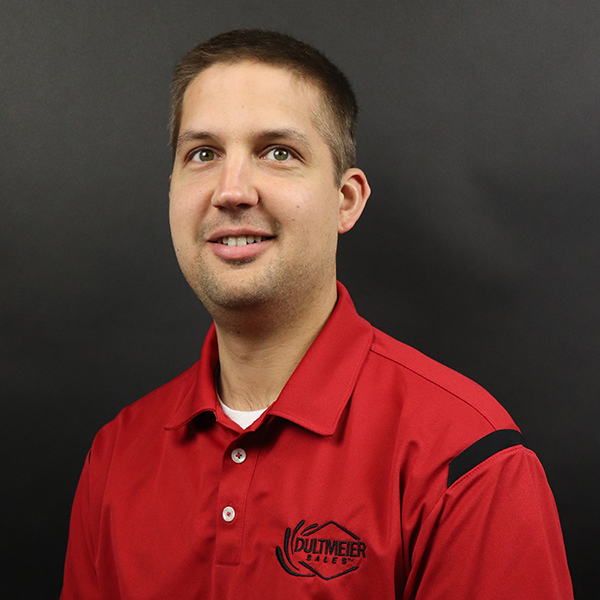
Tech Ag & Industrial Sales
Shane Blomendahl is a tech sales veteran at Dultmeier Sales with over 10+ years of experience in liquid handling products covering several industries and applications.









